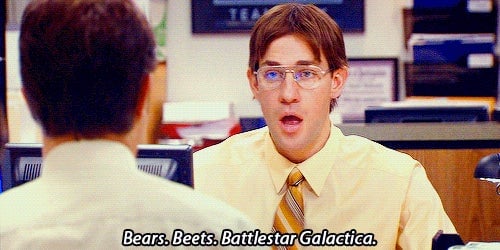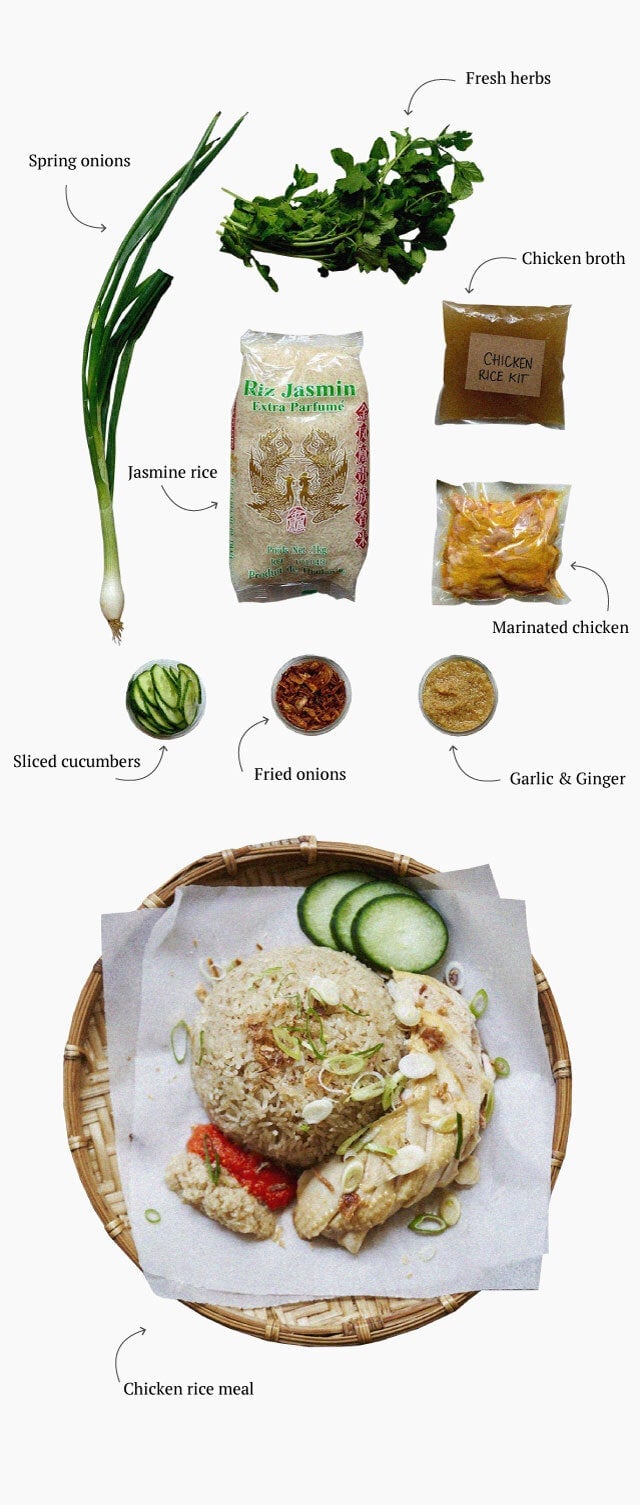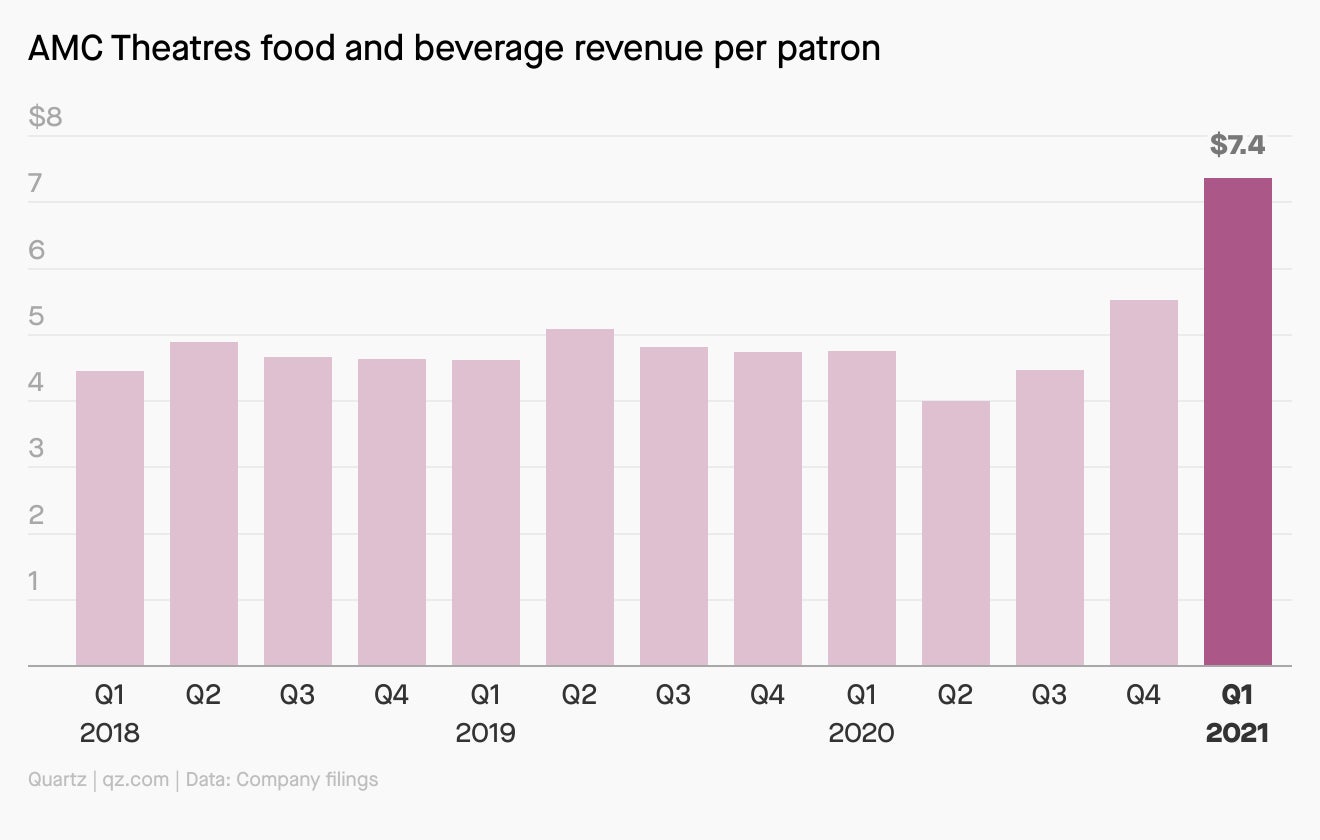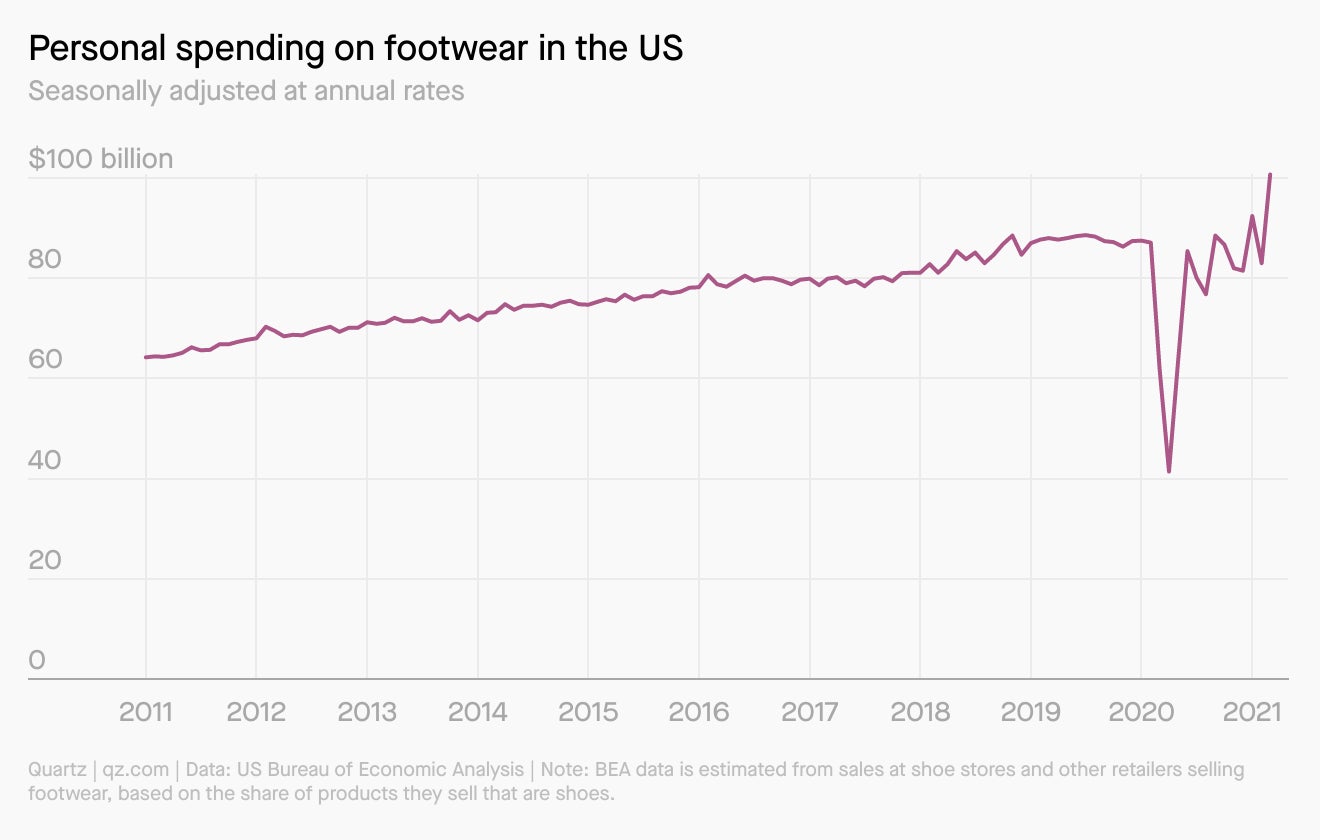Changing genes
Hello Quartz readers,


Hello Quartz readers,
Chances are, you’ve never heard of Pieter Cullis. But if you received the Pfizer-BioNTech or Moderna vaccines, you have him, in part, to thank. Cullis is a biochemist at the University of British Columbia who has dedicated more than four decades of his life to figuring out how to package and deliver the building blocks of genetic code inside a tiny, specialized particle to help treat or prevent diseases.
One of Cullis’ biggest achievements came in 2018, when the US Food and Drug Administration (FDA) approved Onpattro, a drug for a rare genetic disease. Onpattro quiets the problematic gene responsible for the condition, and to get where it needs to go in the body, it’s packaged in a lipid nanoparticle that originated in the lab of Cullis’ company, Acuitas.
Less than four years later, lipid nanoparticles exceedingly similar to the ones used in Onpattro are being delivered to billions of people across the globe to prevent serious infections of Covid-19. BioNTech, in partnership with Pfizer and Acuitas, developed a Covid-19 vaccine that uses mRNA, which instructs our cells to make a new protein—in this case, the spike protein on the SARS-CoV-2 virus—so our immune systems respond to it like a threat. Cullis’ company licensed lipid nanoparticle packaging to transport and protect the mRNA to BioNTech. The Moderna vaccine uses a similar approach, and while its lipid nanoparticles are not from Acuitas, they’re close cousins.
As far as genetic-based medicine is concerned, this is just the beginning. “It’s a bit of a gold rush at the moment,” Cullis says. “Pretty much any disease you can name, you can go after with an mRNA approach.”
Indeed, the Pfizer-BioNTech and Moderna vaccines are ushering in a new era of medicine. After decades of research, new pharmaceutical companies are ready to roll out novel therapies by tweaking the way our bodies use genetic code. Making those treatments widespread and accessible will require biotech companies to perfect the drug delivery systems—the last 10 kilometers in a marathon of research. But once they do, in theory there’s no limit to the kinds of diseases we could treat this way. “It’s revolutionary,” Cullis says. “We’re starting to use the biology that our bodies use in a therapeutic way.” —Katherine Foley
✦ Want to learn more? For this week’s field guide, we dug into how Covid-19 vaccines triggered the next wave of pharmaceuticals, and identified 20 companies changing genetic medicine. Dig in by signing up for a Quartz membership (or free trial) today—we have yet to cure any diseases, but we have perfected a delivery system for knowledge.
Quotable
“It was like blackmail. There was huge public pressure in the country, the pandemic was getting worse, there was a clamor to open up vaccinations to all the age groups…and the private sector was asking to be allowed to sell vaccines.” —Malini Aisola, co-convener of the All India Drug Action Network
For years, India has made and exported more vaccines than any other country, yet its Covid-19 vaccine drive is alarmingly behind schedule. And while reaching 1.39 billion people is no doubt a complicated, time-consuming task, the real problem is the alarming shortage of shots.
So why is India, the vaccine factory to the world, unable to find enough vaccines for its own people? There is no single answer, but by tracking events over the past year, Samanth Subramanian reveals a timeline of dysfunction: a period in which government negligence, corporate profiteering, opaque contracting, and the inequities of the global pharma market combined to bring India to this moment of vaccine crisis.

More from Quartz India:
- India is paying for its historical callousness towards statistics.
- The country could see 1 million Covid-19 deaths by August.
- Dr. Fauci has advised a nationwide lockdown.
- US support for vaccine patent waivers isn’t enough.
- Some of India’s rickshaws are now oxygenated ambulances.
- Indian doctors abroad are helping their country fight Covid.
- A real estate project has become a symbol of government apathy.
- And worried Indians are trying to save money amid job losses.
Three dinner-table convos
🎶 China’s latest Covid weapon is a girl band in Shanghai. To accelerate lagging vaccination rates, the Hongkou district on April 30 named Chinese girl band SNH48 as the official ambassador for its vaccination campaign. And it appears to be working: The district’s plan to set up a mobile vaccination clinic outside the band’s theater had to be scrapped due to the overwhelming response from its fans. Wrote SNH48’s management company on Weibo: “The people who made appointments to be vaccinated at the clinic far exceeded the amount it could accommodate.”
📉 Black Americans are being left behind in the job-market recovery. The US added just 266,000 jobs in April, and the unemployment rate for African Americans hit 9.7%, 3.7 percentage points higher than it was in February 2020. When the US economy goes into a slump, the increase in Black unemployment is often 1.5 to 2 times of that for white people, says Harry Holzer, a former chief economist at the Department of Labor. That’s partly because of disparities in education and job seniority, as well as structural factors like discrimination and incarceration levels that stem from systemic racism.
😂 We miss the office… for the teasing. There’s a paradox present in surveys of employees who have worked from home for a year: Workers say they miss their colleagues, but they’re also tired of being in constant contact—with their colleagues. So maybe what we’re missing is not non-verbal communication or spontaneous encounters, but the specific modes of conversing that require both. Consider teasing: In the modern workplace, acceptable teasing respects certain boundaries. But when it’s friendly, teasing can be a powerful social lubricant.

I just can kit you
In 2016, The Hood Paris opened its doors as a small coffee shop and Asian canteen serving Singaporean and Vietnamese cuisine. For years, tourists made up 40% of its clientele, and only 10% of revenue came from takeout. “Parisians, in general, were never really into the idea of takeout,” says owner Pearlyn Lee. But when Paris went into lockdown last March, French culture was altered and The Hood adapted with it.
Looking at the eatery’s menu of noodle soups and banh mi sandwiches, the idea of pivoting to meal kit deliveries set in. The kits were advertised as taking 10 minutes to make in three steps, and to sell them Lee and her team built up the restaurant’s online presence and email list, and sent bahn mi kits to local news outlets to rustle up positive press. The Hood’s crew also packed deliveries with handwritten notes, smiley face bags, and other personal touches.

Since then, takeout and delivery has risen from 10% to 50% of The Hood’s revenue. Lee is hopeful that restaurants in Paris will reopen in June, but also thinks the kits are here to stay. Like other eateries we talked to, The Hood is finding that delivery, meal kits, and catering operations have changed the way they’ll do business even after customers return to indoor dining.
Big gulps
Movie theater attendance is still not close to what it was pre-pandemic, but the consumers who are back at the movies are eating more popcorn and drinking more soda than they used to. Food and beverage revenue per patron at AMC’s theaters jumped from $4.76 in the first quarter of 2020 to a record-high $7.37 over the same period in 2021.

That’s good news for AMC: Concessions are a high-margin segment of the theater business, and typically account for about a third of the company’s annual revenue.
Let’s get some shoes
Movie popcorn isn’t the only purchase finding its way back into Americans’ wallet: Consumer spending at shoe stores and other retailers selling footwear spiked to an all-time high in March.

Essential reading
- The latest 🌏 figures: 159.2 million confirmed cases; 95.2 million classified as “recovered;” 1.31 billion vaccine doses administered.
- Pro tip: After being hired in huge numbers, US delivery workers are losing their jobs.
- Pick it up: The wait for a Peloton bike is back to pre-Covid levels.
- Asking for a friend: Has the UK reached herd immunity?
- Reeling from feeling: Is your empathy exhausting you?
Our best wishes for a healthy day. Get in touch with us at [email protected], and live your best Quartz life by downloading our iOS app and becoming a member. Today’s newsletter was brought to you by Katherine Foley, Samanth Subramanian, Jane Li, John Detrixhe, Lila MacLellan, Clarisa Diaz, Adam Epstein, Marc Bain, and Kira Bindrim.